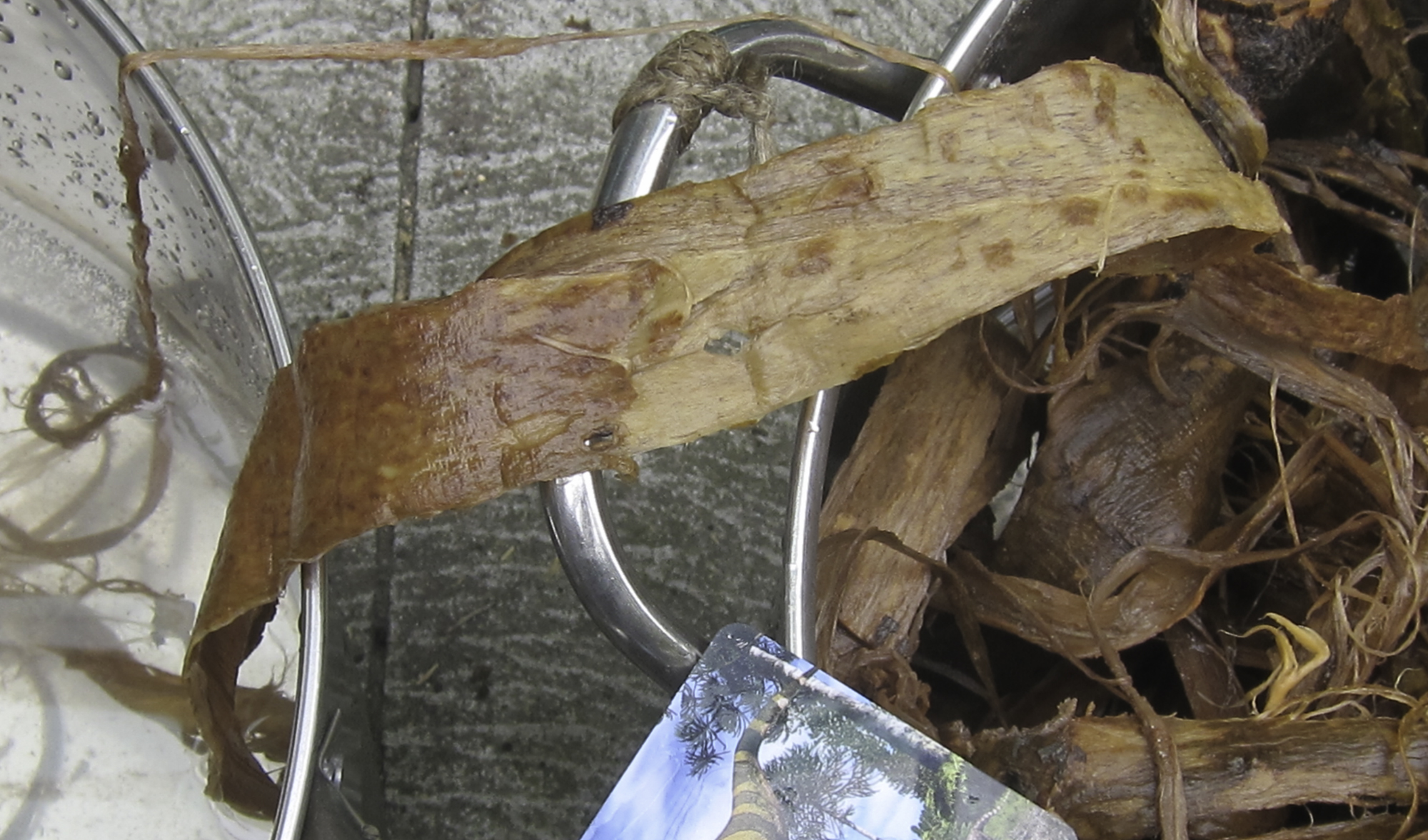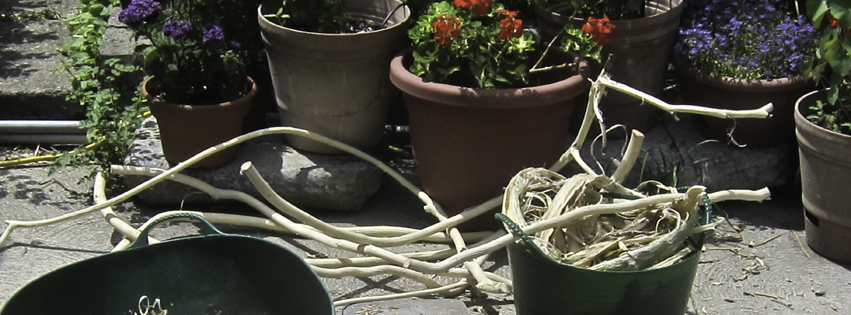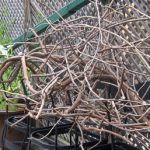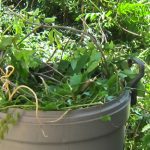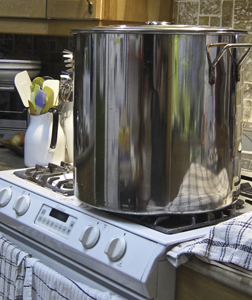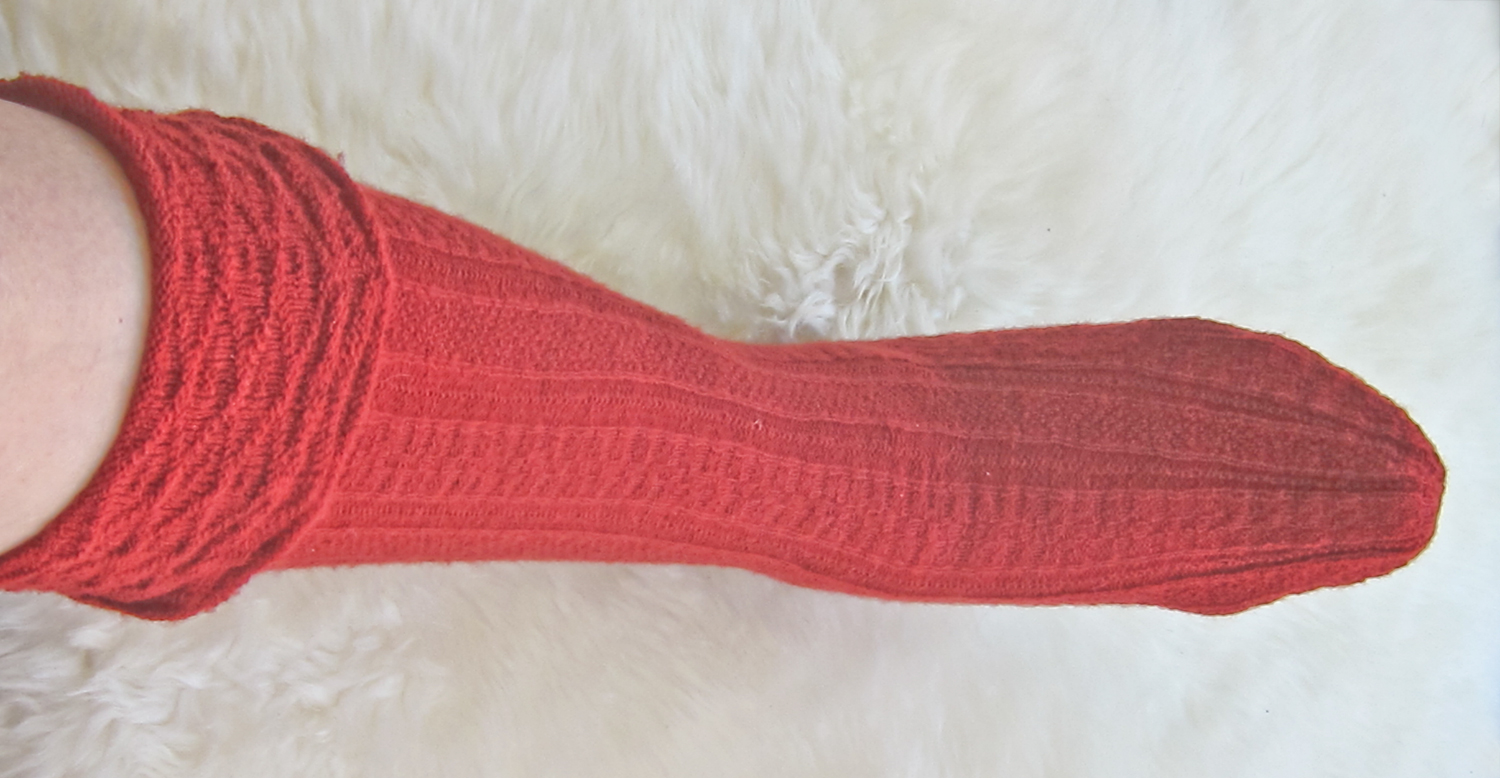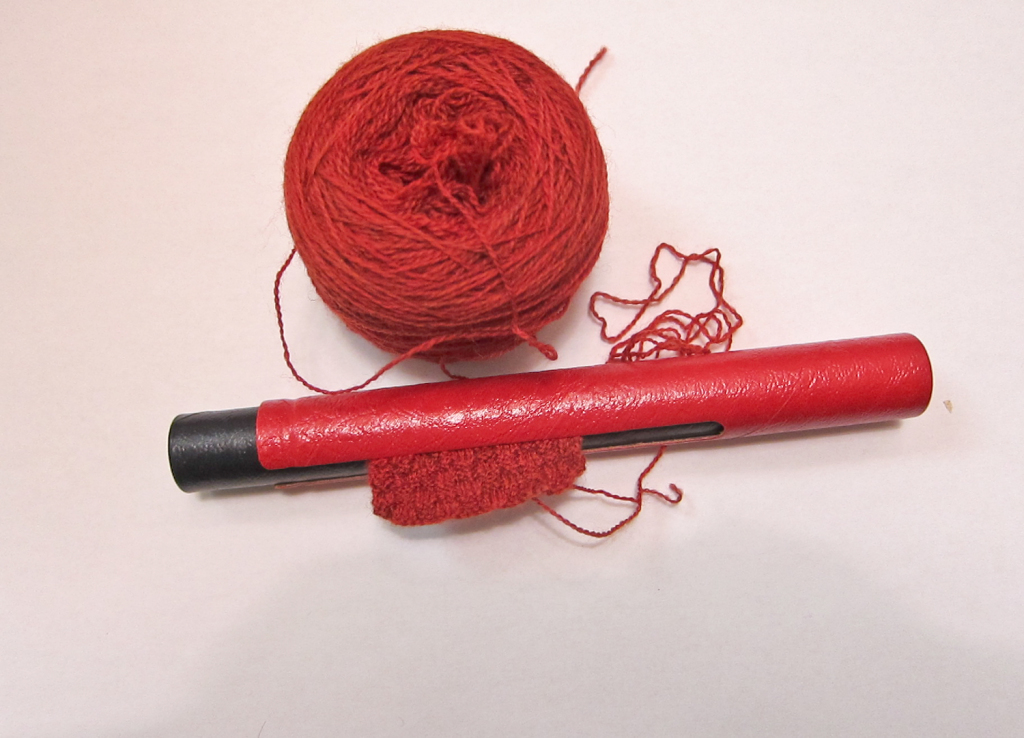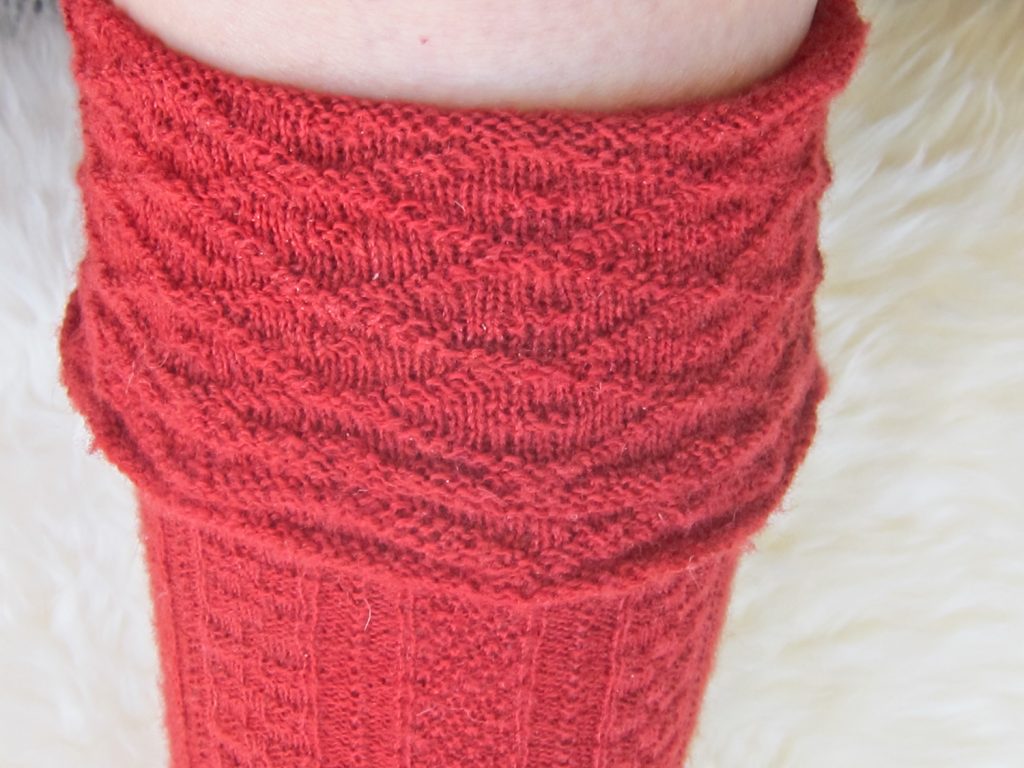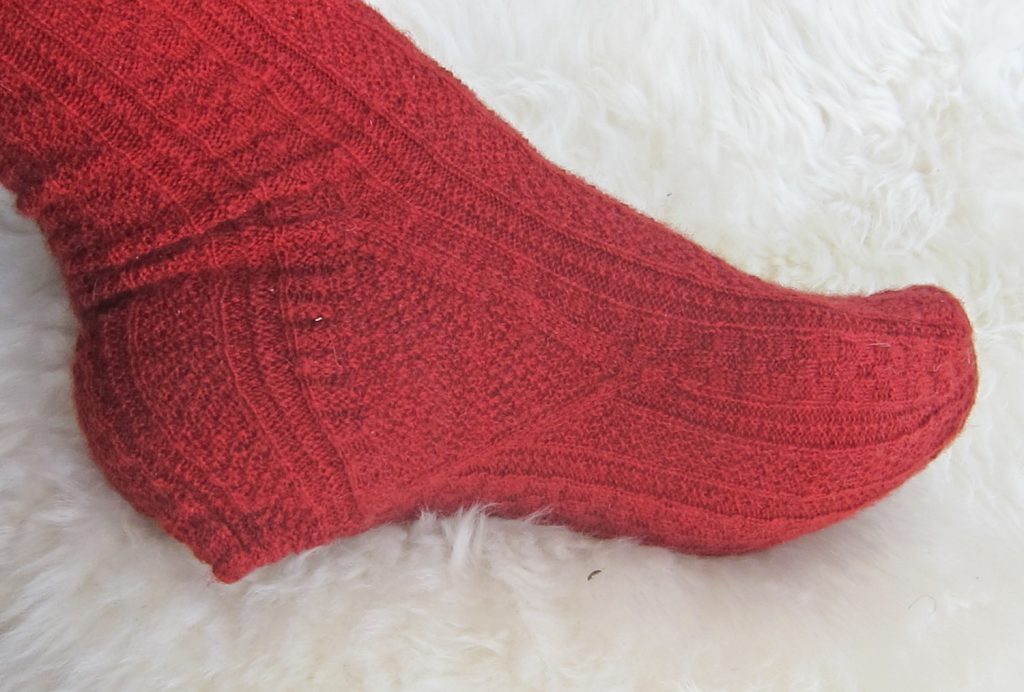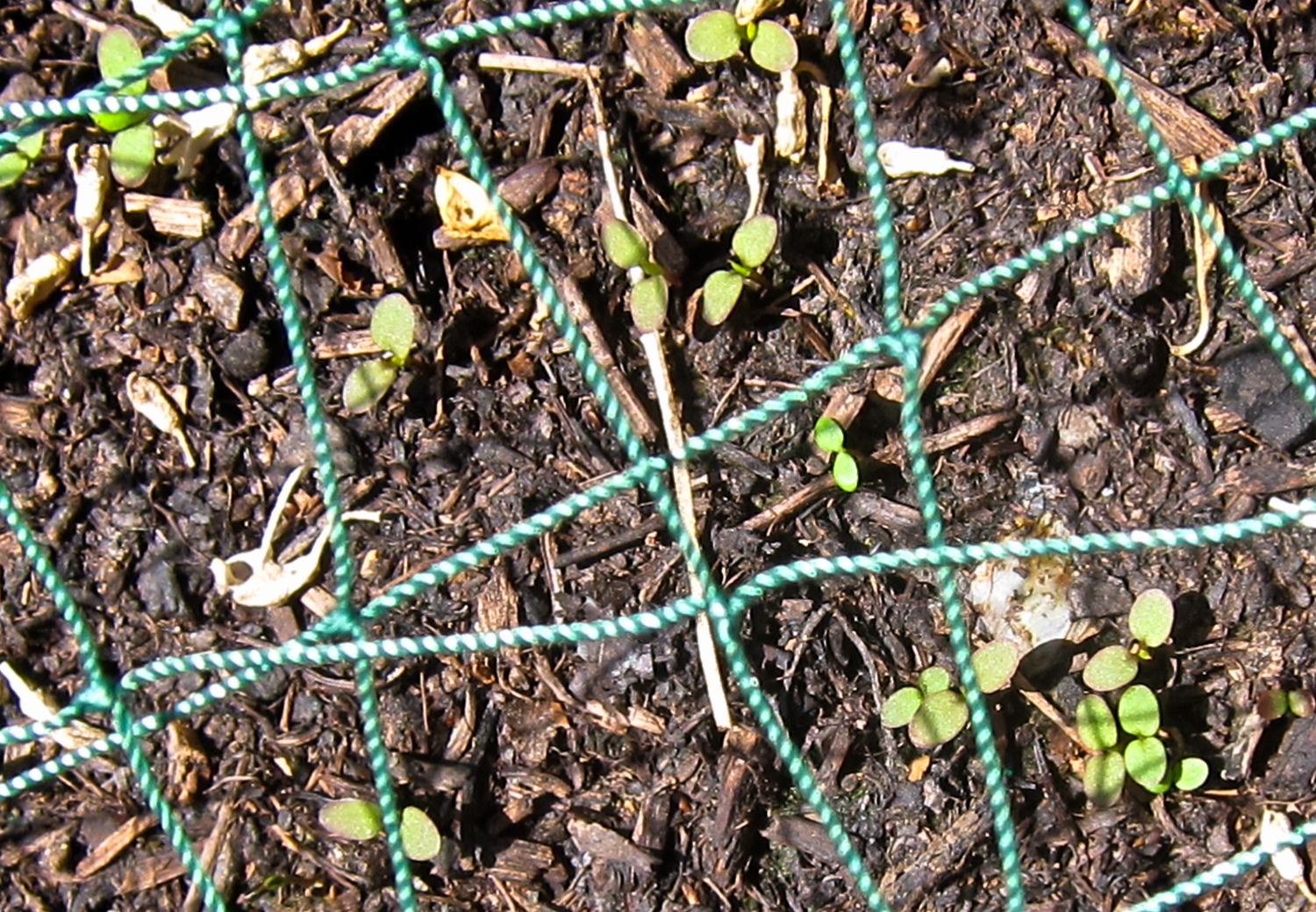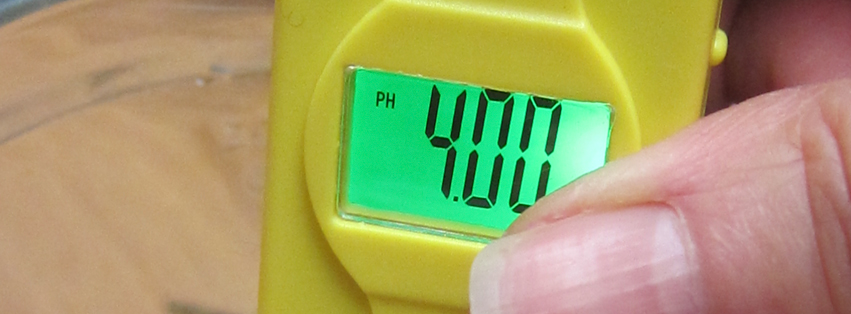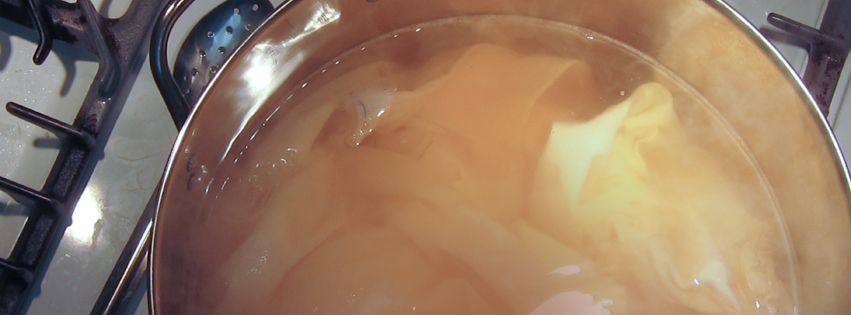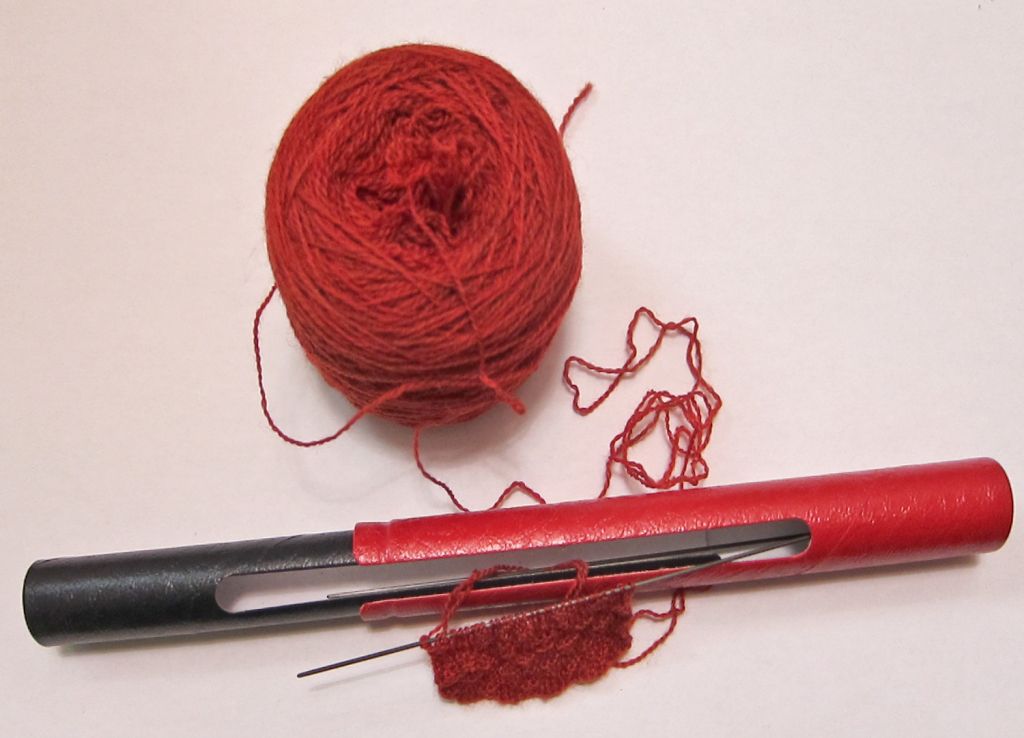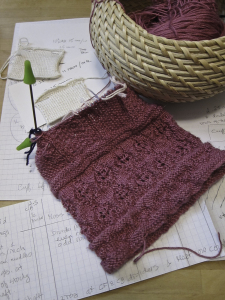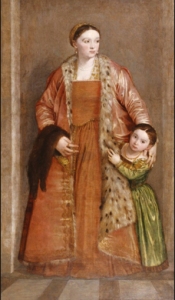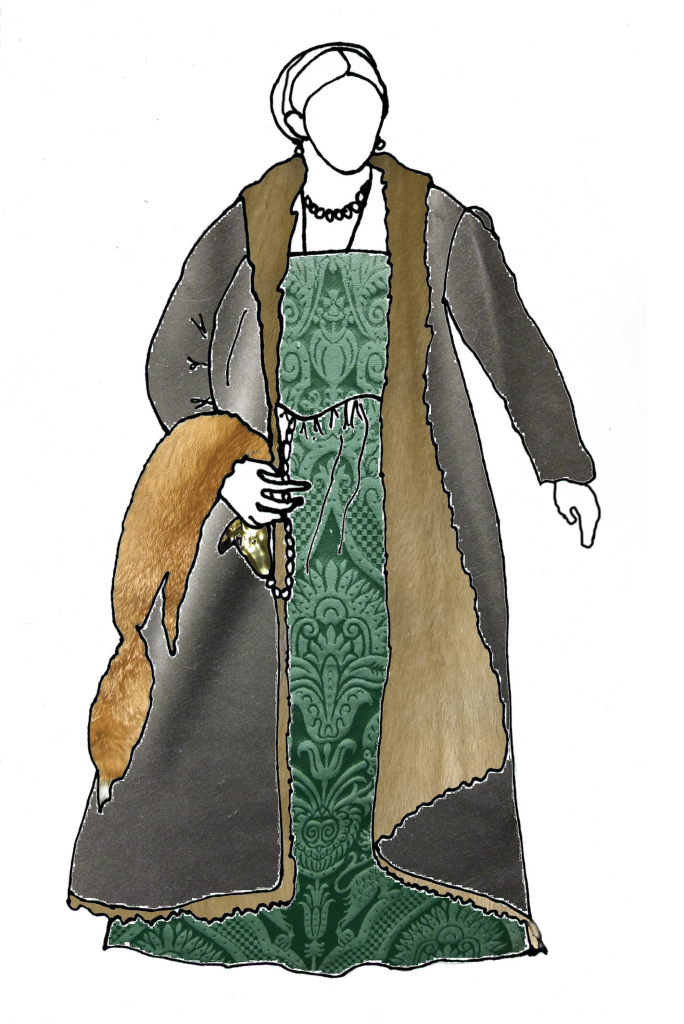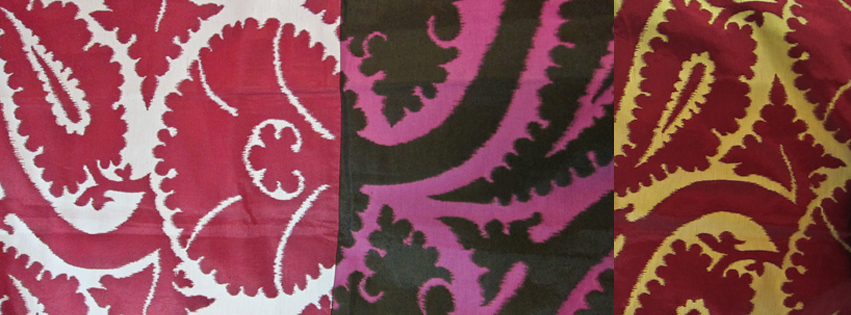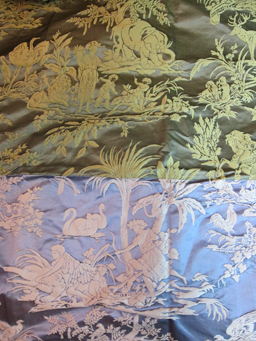Wisteria textile – round 3
As I suspected, this lot of wisteria is woodier than the lot I harvested in May last year. Even after cooking it for most of a day, I still wasn’t able to split the fibres consistently, so I left it to soak in the ash/water mixture for most of a week.
It got a bit funky, so I rinsed it out & continued to soak it in clean water. Yesterday I was finally able to start separating the fibres. Not much to say. It’s a long, picky process:
- pull a length out of the pot
- untangle it
- if it’s got bark on it, scrape the bark off (it’s not mandatory to scrape with an expired ROM membership card, but more fun than using a chipped kitchen knife)
- pick out a fibre end
- pull
- if the strip is too wide to spin into usable fibre, split it & pull again
- rinse
- repeat
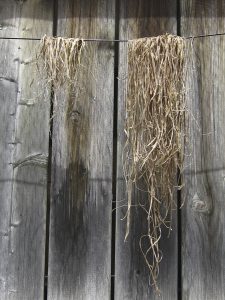 The results are four categories of fibre: short, long, “
The results are four categories of fibre: short, long, “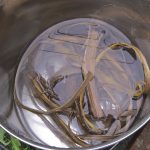
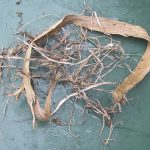 needs another boil”, and waste – plus chunks that are obviously too woody to make fibre of any kind. Once I finish processing this lot, I’ll put the strips that are fibrous, but won’t separate, in to boil with wood ash for a few more hours & see whether they’re usable.
needs another boil”, and waste – plus chunks that are obviously too woody to make fibre of any kind. Once I finish processing this lot, I’ll put the strips that are fibrous, but won’t separate, in to boil with wood ash for a few more hours & see whether they’re usable.
For some reason I had a lot less waste than last year; maybe July fibre is stronger than May fibre, and less brittle than the October harvest. Or, with practice, I’ve gotten better at processing it. Or both.
This lot of wisteria is darker than the previous batches – I don’t know whether it’s because I harvested it during the middle of growing season, or because I left it in the ash bath longer, or that this summer is much drier than last summer. Once it’s woven, I’m planning to piece-dye it with indigo, and I’m curious about how the darker fibre affects the colour. I’ve got enough from my initial experiment to weave a sample for dyeing, and I’ll be interested to see how the two batches compare when dyed in the same bath!

